By Seraine Page
Stillbirth (which occurs at 20 weeks of gestation and beyond) is a heartbreaking and often misunderstood tragedy that affects many families.
Sadly, it occurs in approximately 1 out of every 175 births, according to the U.S. Centers for Disease Control and Prevention.
It affects women of all ages and families from all races, ethnicities, and income levels.
Recent reports released by federal officials have deemed U.S. stillbirth rates as “unacceptably high” as the stillbirth crisis continues in one of the world’s wealthiest countries. Every year, more than 20,000 women in the U.S. experience a pregnancy that ends in stillbirth.
Below, learn more about what stillbirth is, why stillbirth still occurs, and stillbirth statistic rates to help educate yourself and others about this difficult-to-talk-about topic.
Note: This blog talks about fetal death and the difficult medical aspects that come along with it. Please proceed with this in mind as you read more about stillbirth and its causes.
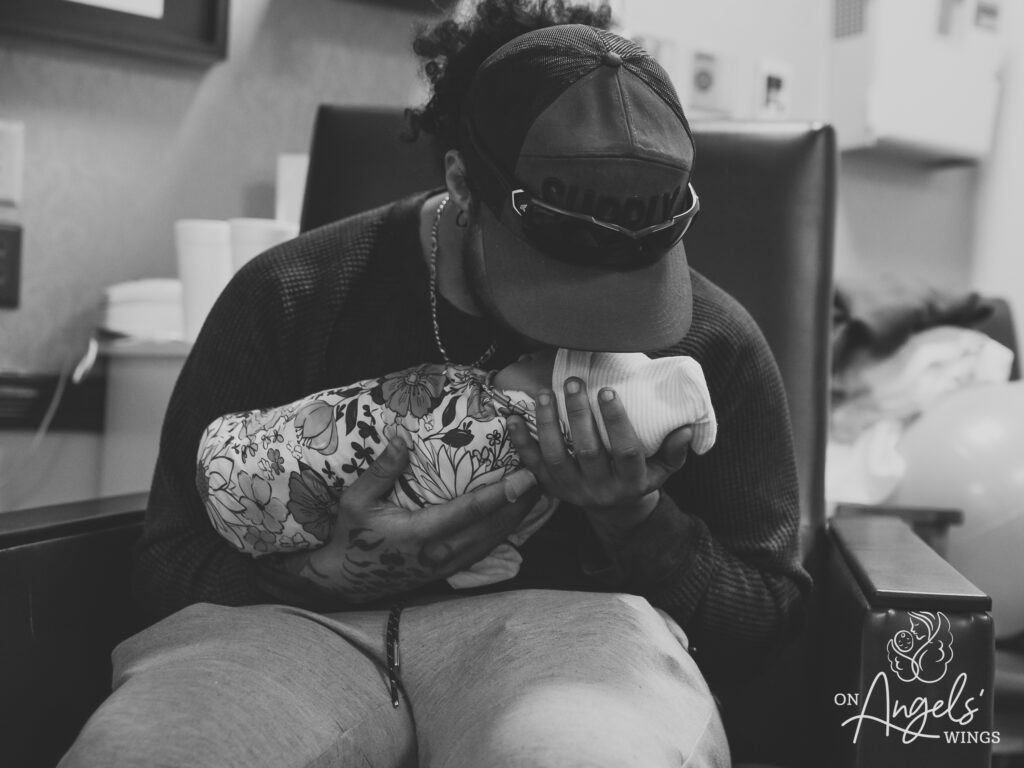
What Is Stillbirth?
Defined as the loss of an unborn child at or after 20 weeks of pregnancy, stillbirth occurs before or during labor. In contrast, miscarriage is an in-utero loss that occurs before 20 weeks of gestation.
Stillbirth categories are based on the number of weeks of pregnancy before the fetus passes.
- Early stillbirth: The unborn child dies between 20 and 27 weeks.
- Late stillbirth: Loss between 28 and 36 weeks.
- Term stillbirth: Loss in the 37th week or later.
Unlike a miscarriage, stillbirth is classified into early, late, or term categories depending on when it occurs.
Why Stillbirth Still Occurs
Stillbirth is a heartwrenching experience that families and doctors often don’t get answers to, which can cause an unending feeling of grief.
As of today, 1 in 3 stillbirth causes are unknown, according to the Cleveland Clinic. However, there are some suspected known risk factors.
According to the 2023 Working to Address the Tragedy of Stillbirth report, data on stillbirths are often inaccurate or incomplete because autopsies, genetic testing, and placental exams are not uniformly performed and are frequently not recorded at the state or federal level.
The report also shared the recommendation of the American College of Obstetricians and Gynecologists (ACOG) that stillbirth evaluations include:
- Fetal autopsy
- Genetic evaluation
- Gross and histologic examination of the placenta, umbilical cord, and membranes
Fetal autopsies are often skipped due to doctors’ concern about liability, parental cost, or the possibility that it may be inconclusive. More often than not, fetal autopsies are not covered by insurance, including Medicaid.
The report indicated that regularly collecting and updating this data can help reduce the risk of stillbirth.

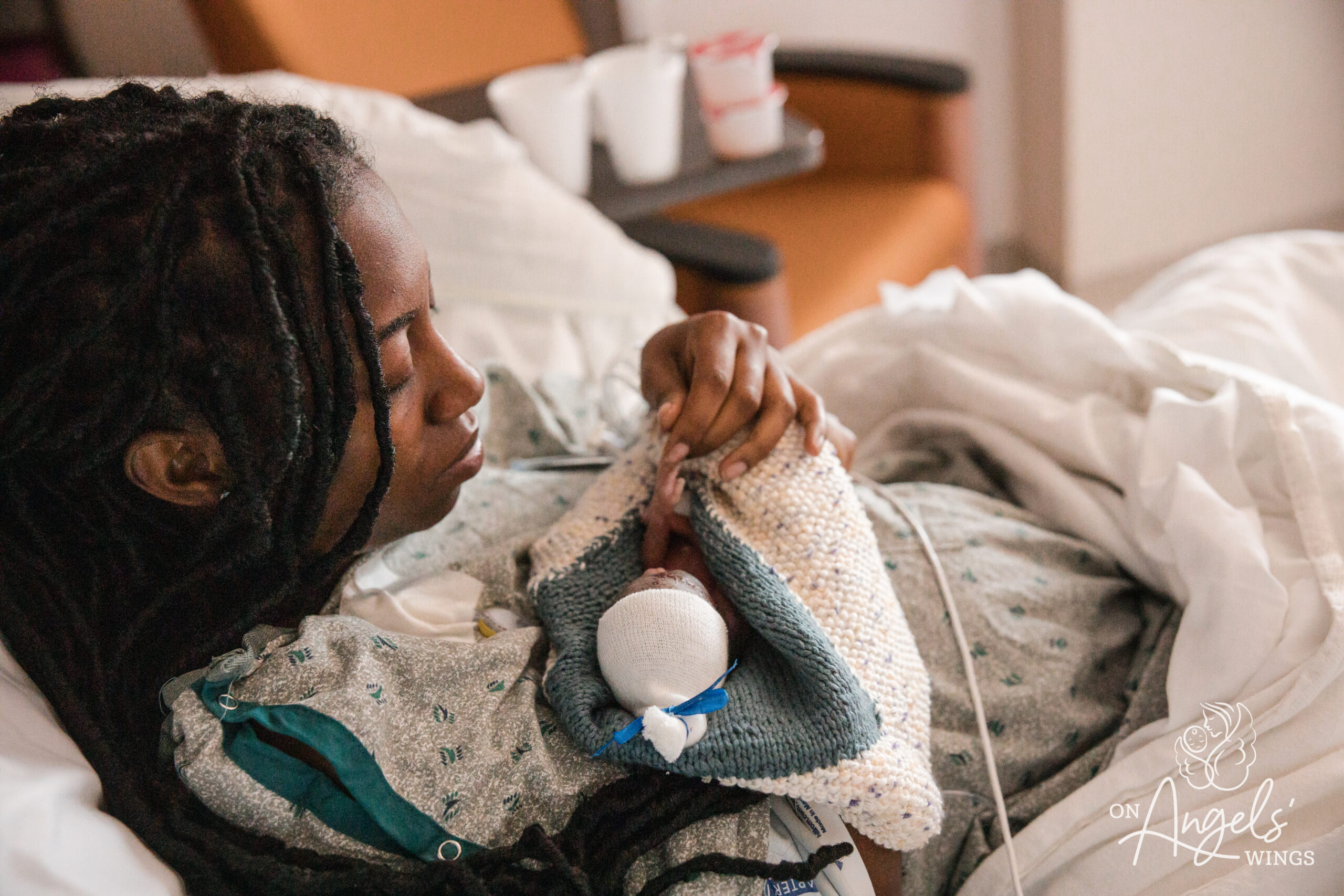
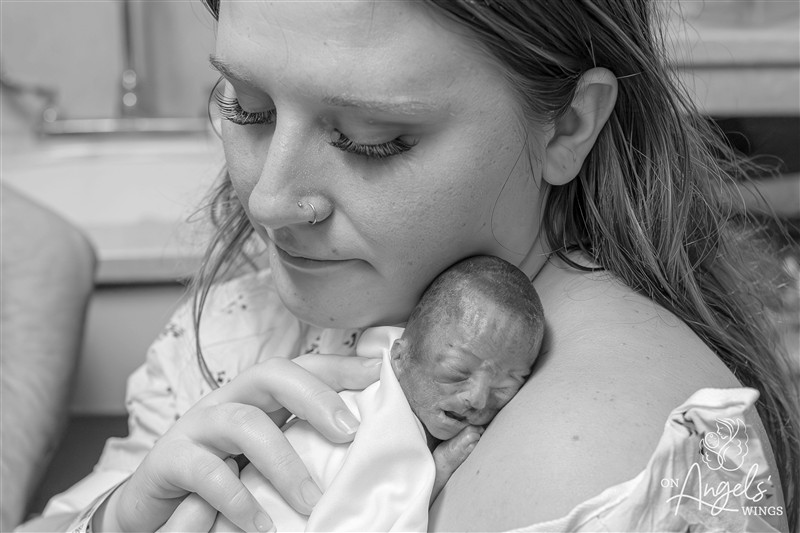
Known Risk Factors for Stillbirth
Research is ongoing, but there are some known risk factors when it comes to stillbirth. Multiple complex factors can play a role that is not within a mother’s control. This includes placenta or umbilical cord complications and genetic conditions.
Here’s a look at some other known risk factors:
Infections – Mothers who contract an infection from bacteria, a parasite, or a virus cause up to 25% of stillbirths in developed countries, according to the Cleveland Clinic. The infection may not cause any obvious symptoms, and mothers and physicians don’t realize there’s an issue until a pregnancy complication occurs.
Limited resources and environmental factors – Pregnant women need ongoing care for themselves and their unborn baby. Whether it’s a lack of transportation, financial resources, or healthcare facilities, all of these factors can play a role in whether a woman can get timely and important healthcare. In fact, the Cleveland Clinic and other sources state that, in the U.S., people who are Black experience stillbirths twice as often as white people. This is often due to medical care disparities.
Placenta or umbilical cord issues – The placenta plays a crucial role in ensuring the baby receives nutrients from its mother through the umbilical cord. An issue with the umbilical cord — such as it twisting — can cut the baby off from the essential nutrients and oxygen it needs to survive. Additionally, placental abruption happens when the placenta detaches from the uterus, and undiagnosed or late diagnosed placental abruption is the cause of 10 to 20% of stillbirths, according to the Cleveland Clinic.
Related: Read Anna’s Story
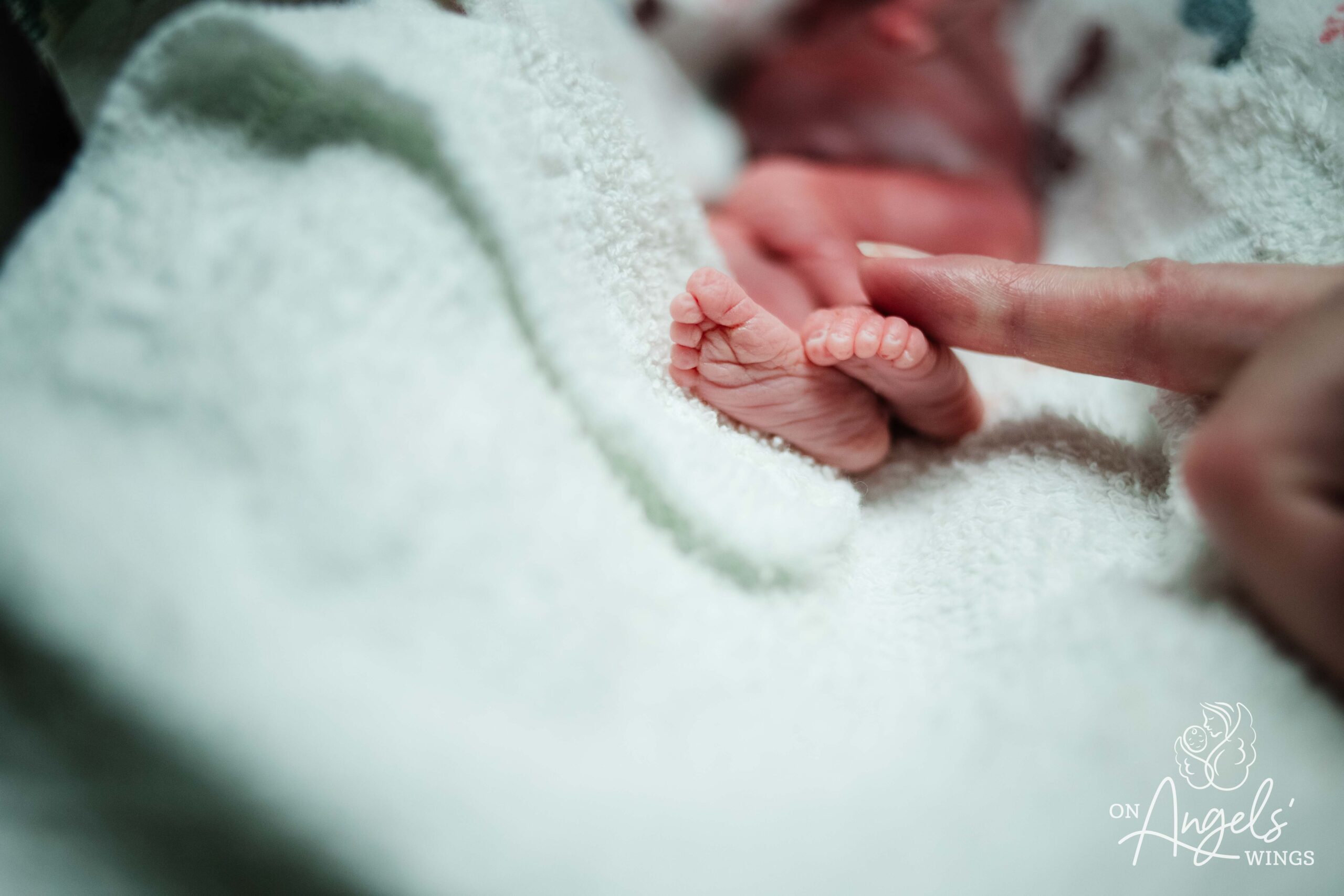
Stillbirth Warning Signs to Watch For
While not all stillbirths can be prevented, being aware of potential warning signs can sometimes help identify risks early and prompt timely medical care.
Below are some important signals to watch for during pregnancy.
1. Major Changes in Fetal Movement
It’s essential to monitor your baby’s movements throughout pregnancy. If you notice a significant decrease in kicks, rolls, or jabs — especially after 28 weeks — this could indicate a problem. Trust your instincts: if something feels off, contact your healthcare provider immediately. Additionally, if you notice an extreme amount of sudden, frantic movement, it can be a warning sign that your baby is in distress.
You can now purchase an at-home Doppler to monitor your baby’s heart rate. Doing this during the second and third trimesters each day, at the same time of day, will help you notice any changes. Notate the heart rate each time and, if you notice a change, contact your doctor.
2. Changes in the Mother’s Health
Certain maternal health conditions can increase the risk of complications. Taking care of yourself the best you can (and following the physician’s orders) can help keep you and your baby on track. Concerns to keep in mind that could also impact your baby’s health:
- High blood pressure or preeclampsia: Often accompanied by swelling, headaches, or vision changes.
- Gestational diabetes: Can affect the baby’s growth and oxygen supply.
Monitoring and managing these conditions with your care team is essential.
3. Physical Changes in the Mother’s Body
Sometimes the body gives subtle signals that something may not be right. Knowing your body well and reporting any unusual symptoms to your doctor is helpful. Watch out for:
- Sudden or severe swelling in the hands, feet, or face
- Abnormal or rapid weight gain
- Persistent severe abdominal pain
Additionally, persistent and intense itching and a rash, especially on the hands and feet (a sign of Cholestasis in pregnancy, which develops in the third trimester), can be dangerous for mother and baby and need to be addressed by a healthcare professional.
These signs should not be ignored and warrant medical attention.
When to Seek Immediate Care
Call 911 or go to the delivery department of the hospital right away if you experience any of the following symptoms:
- Seizures
- Chest pain
- Loss of consciousness
- Severe or sudden headaches
- Blurred vision or flashes of light
- Vaginal bleeding or fluid leakage
- A noticeable change in fetal movement
- Persistent and intense itching of the hands and feet
Some of the above symptoms may be a sign of ectopic pregnancy, preeclampsia, miscarriage, or a health emergency such as a heart attack or stroke.
⚠️ Important Note: Every pregnancy is unique. Not all warning signs mean a stillbirth will occur, but acting quickly can sometimes save a baby’s life. Always reach out to your doctor, midwife, or labor & delivery triage nurse if you’re concerned.
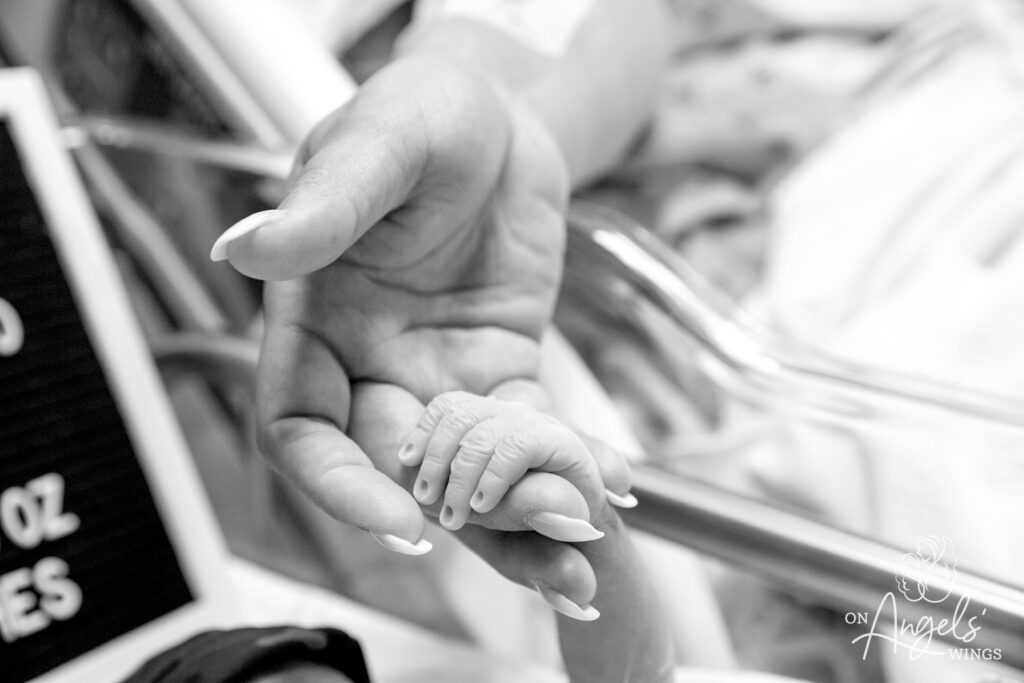
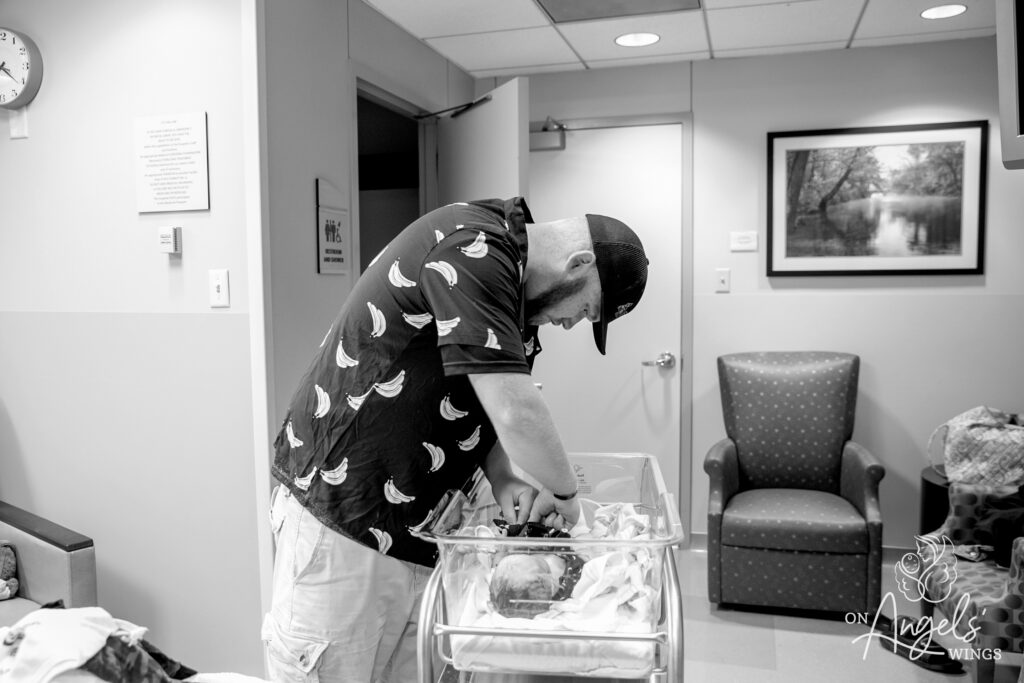
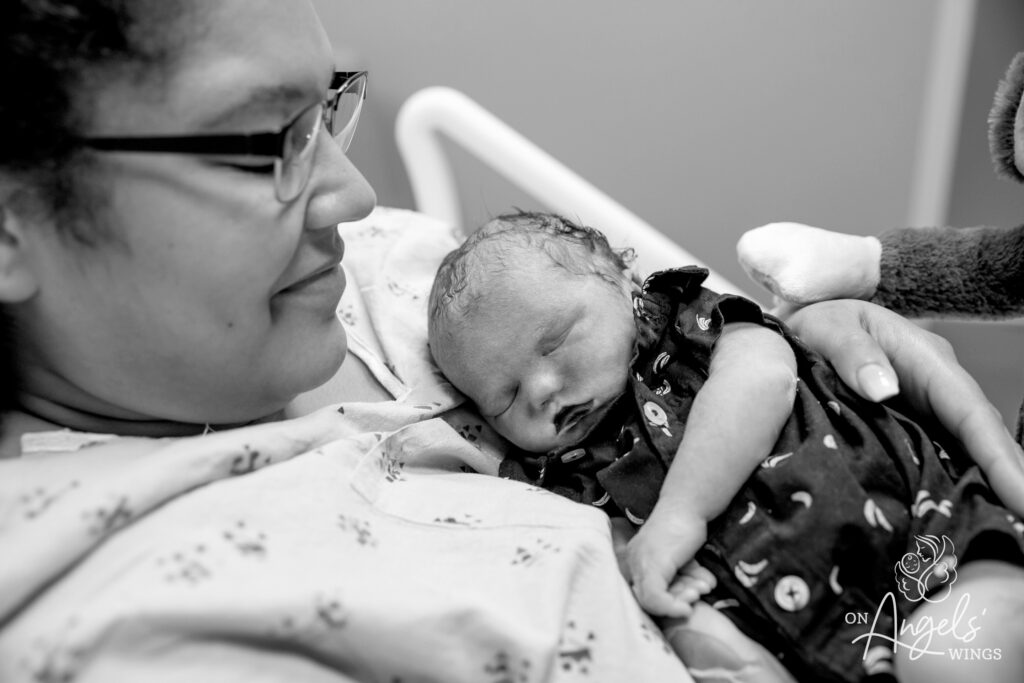
Related: Read Gavin’s Story
Medical Guidelines
The American College of Obstetricians and Gynecologists (ACOG) provides guidance to help protect both mothers and babies during pregnancy.
While every pregnancy is unique, there are a few general recommendations that can make a difference:
- Regular prenatal appointments – Doing so allows your care team to monitor both you and your baby’s health closely. Even when everything feels fine, these visits are important for detecting subtle changes.
- Fetal monitoring – Such monitoring can be easily done at home, like counting kicks, and helps track your baby’s movements over time, or using a Doppler to track heart rate. Monitoring is also done at prenatal appointments and can offer reassurance and give your doctor valuable information.
Why Monitoring Matters
Ultrasounds can provide more than precious in-utero images of your baby. They help measure growth, check blood flow, and look for any signs of distress. Fetal heart rate monitoring shows how your baby’s heart responds to movement and rest, offering clues about their oxygen supply and overall health.
While these tools can’t guarantee prevention, they are important ways to keep a close eye on your baby’s well-being.
Misconceptions About Stillbirth
The “It Won’t Happen to Me” Belief
It’s natural to think of stillbirth as something rare that happens to “other people.” While it is uncommon, stillbirth can happen in any pregnancy, even to healthy parents with healthy lifestyles. Recognizing this reality isn’t meant to cause fear, but to encourage awareness and prompt action if something feels wrong.
Understanding What’s Beyond Your Control
One of the hardest truths is that many stillbirths occur without clear warning signs and even with excellent prenatal care. This is not a reflection of anything you did or didn’t do. Even with today’s best medical knowledge, some losses remain unexplainable.
What matters most is remembering: this is not your fault. Parents often carry ongoing guilt, but stillbirth can happen even when every precaution is taken and every guideline is followed.
A Note From On Angels’ Wings: If you’re reading this because you’ve received a stillbirth diagnosis, or you’re anxiously watching for warning signs, please know that hope and support exist. Your feelings are valid, and you don’t have to face this alone. Please reach out, even if just for support.
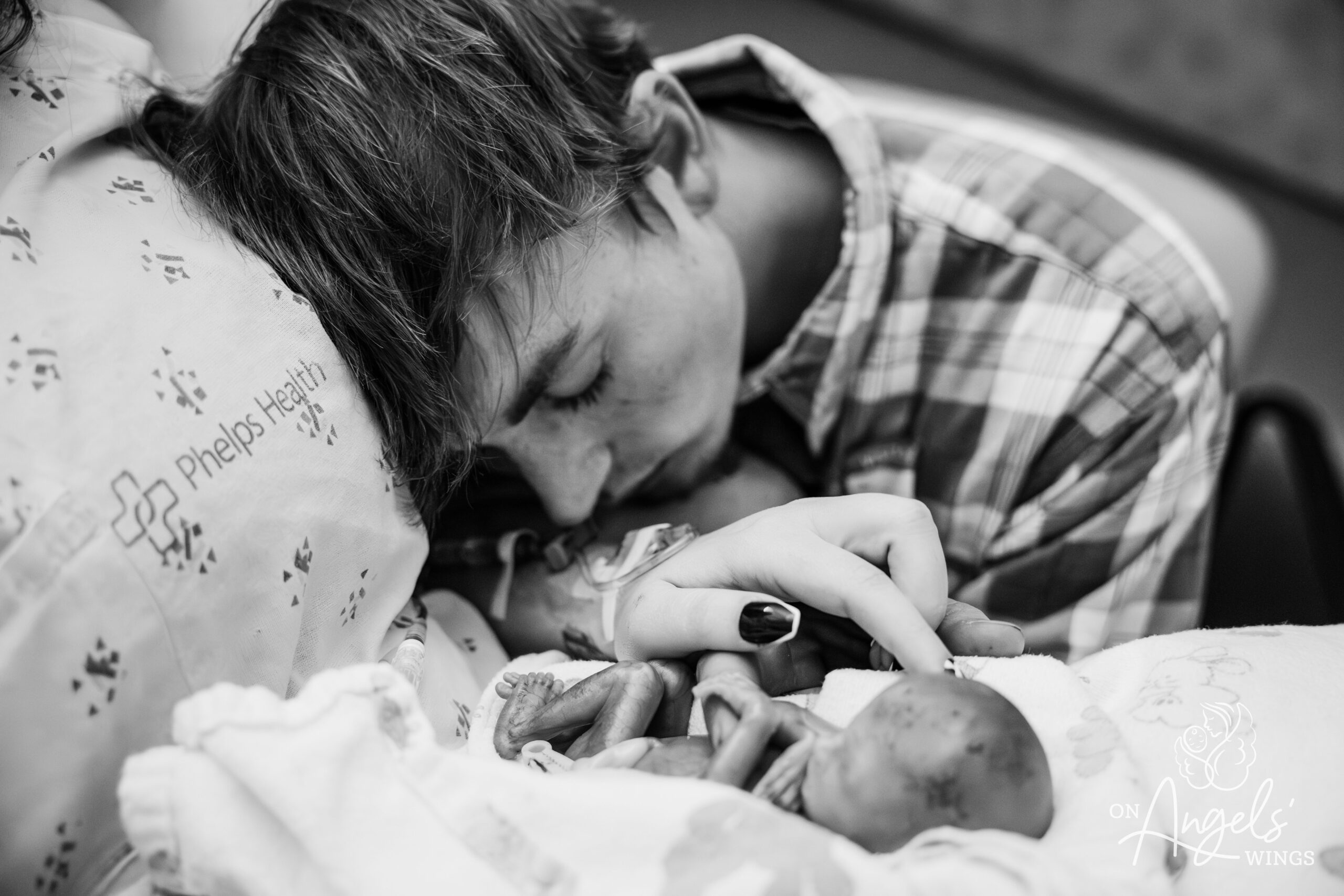
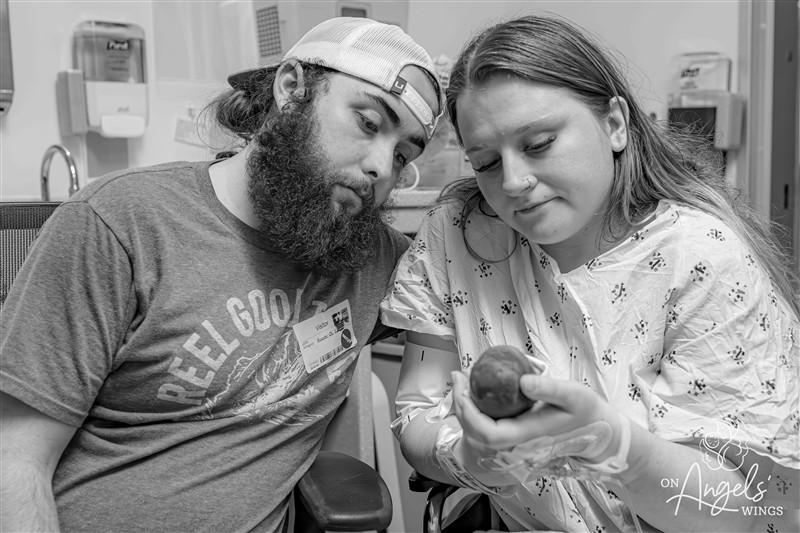
Stillbirth Statistics
Here’s a look at stillbirth statistics and studies on why stillbirth still occurs even in a day and age with advanced modern medicine.
- According to the World Health Organization, nearly 2 million babies are stillborn each year—about one every 16 seconds.
- In the United States, the Centers for Disease Control and Prevention reports roughly 21,000 stillbirths annually, or 1 in every 175 births.
- While there has been global progress over the last two decades, that progress has not been shared equally. Regions like sub-Saharan Africa and South Asia continue to face the highest burdens, and in the U.S., significant disparities persist.
- Black mothers are more than twice as likely to experience stillbirth as White mothers, according to a U.S. Centers for Disease Control and Prevention Morbidity and Mortality Weekly Report.
- Socioeconomic status, insurance coverage, and neighborhood conditions all play a role in shaping stillborn risk.
- Age and health also matter: advanced maternal age, conditions like diabetes or hypertension, and lifestyle factors such as smoking or limited prenatal care can increase vulnerability. Studies published in the American Journal of Obstetrics and Gynecology have consistently highlighted these patterns — not to place blame, but to guide better prevention, support, and care.
For every family who has lost a child, know this: your baby mattered. Their absence is felt deeply, and your journey through grief deserves gentleness, support, and truth.
Coping with the Loss of a Stillborn Baby
To every parent navigating the devastating loss of a baby, please know your grief is seen, your pain is honored, and you are not alone. Stillbirth is a heartbreak that touches far too many families across the world.
The emotional and psychological toll on grieving families can be overwhelming, with feelings of confusion, guilt, and profound sadness. While the causes of stillbirth can vary — from complications with the placenta to maternal health conditions or genetic factors — it’s important to remember that in many cases, the exact cause remains unknown.
Grieving the loss of a stillborn baby is a journey no parent should have to walk alone, and yet so many do — quietly, painfully, and often feeling unseen. It’s important to know that there is no “right” way to grieve.
Some parents feel overwhelming sadness, others wrestle with guilt, numbness, anger, or even moments of emptiness.
All of it is valid.
Your emotions may shift daily — or even hourly — and that’s okay. Grief doesn’t follow a straight line, and it certainly doesn’t come with a timetable. One of the most compassionate things you can do for yourself is to permit yourself to grieve, without comparison, without apology, and without judgment. You loved your baby, and that love deserves space to be honored.
You also don’t have to do this alone.
Seeking support — from a therapist with experience navigating pregnancy loss, joining an infant loss support group, or simply reaching out to someone who understands — can be a lifeline. Asking for help is not a weakness; it’s an act of courage. Taking time to care for your emotional well-being is not only allowed — it’s necessary. Please know that On Angels’ Wings offers a free grief recovery program for situations just like this.
Your pain is real, your baby’s story matters, and there is support waiting for you, ready to walk beside you at your pace, with compassion and without expectation.
Related: Read No One Wants to Talk About It…
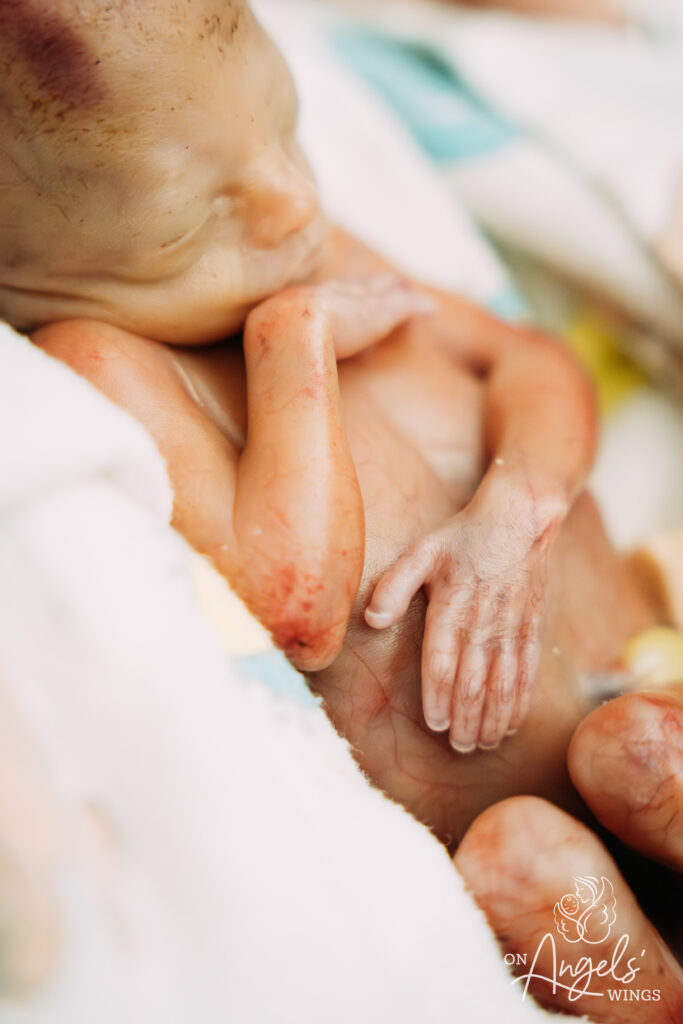
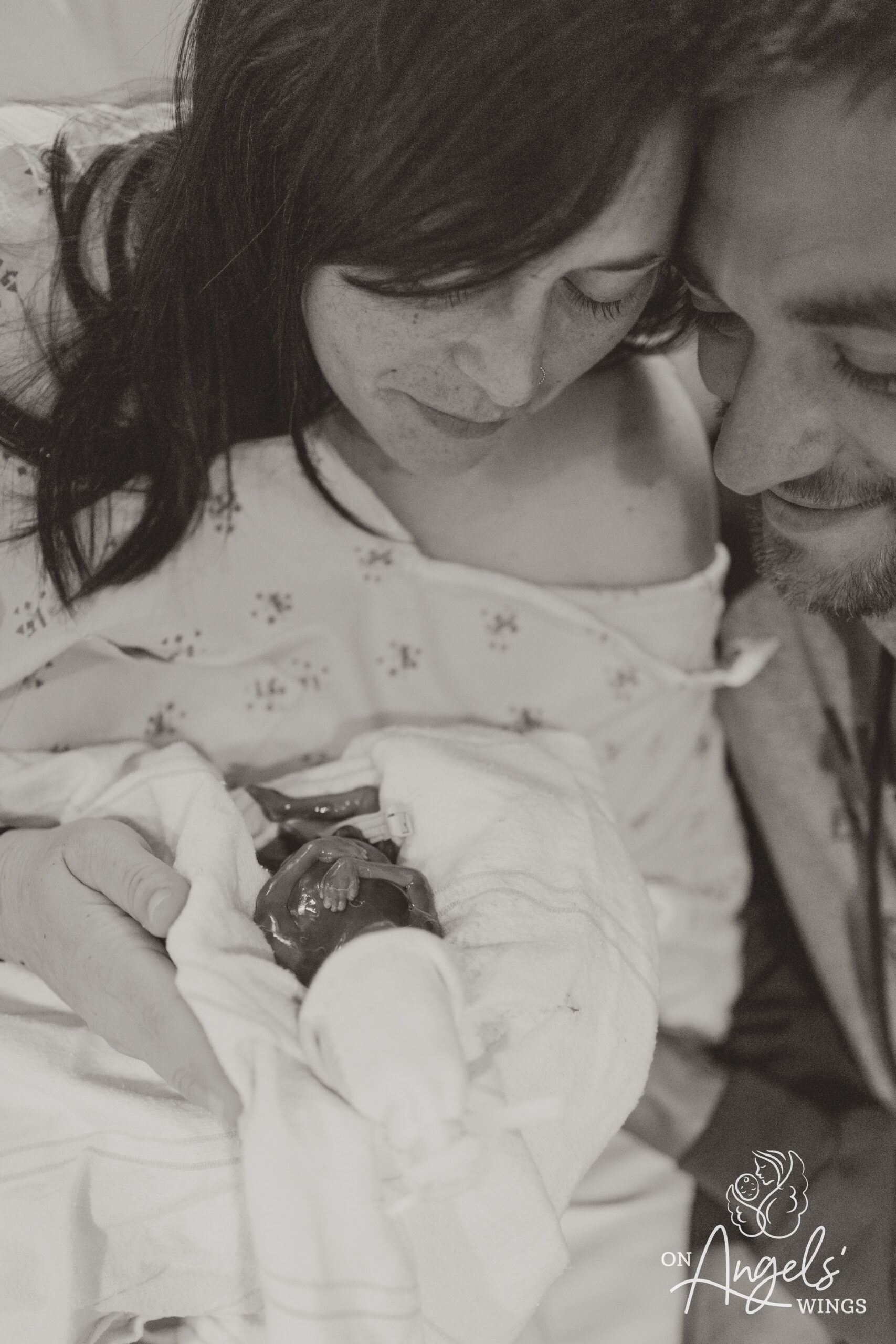
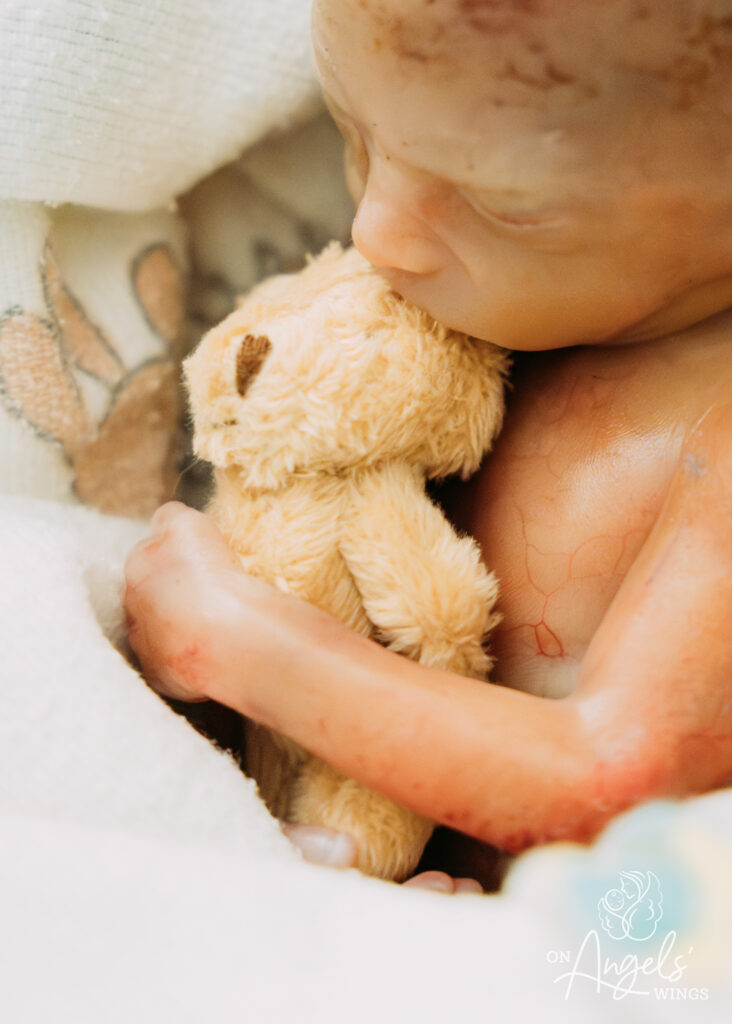
Ways to Start Healing and Memorializing Your Baby
For many families, finding ways to honor and remember their baby is a vital part of the healing process. Your child’s life, no matter how brief, mattered deeply. Creating space for remembrance can be a way to connect, to heal, and to carry forward your love in meaningful, personal ways.
Here are a few gentle ideas for memorializing your baby:
- Create a Memory Box – Fill it with ultrasound images, hospital bracelets, a swaddle blanket, photos, a letter, or anything that holds meaning. This can be a sacred place to return to when you want to feel close to your baby.
- Plant a Tree or Garden – Growing something beautiful in your baby’s memory offers a living tribute that changes with the seasons. It becomes a peaceful space to reflect, visit, and remember. You may also want to have siblings paint or create special stones or mosaics that can be placed at the base of the tree or around the garden to include them in the grieving process.
- Write Letters to Your Baby – Putting your thoughts, love, and emotions into words can be a deeply healing practice. These letters are for you, and there’s no right or wrong way to express what’s in your heart and in your mind.
- Hold a Private or Shared Ceremony – Lighting a candle, saying your baby’s name out loud, or inviting close loved ones to share in a moment of remembrance can offer comfort and a sense of acknowledgment. Whether it’s a formal memorial or a quiet ritual at home, it’s about what feels right for you. October is Pregnancy & Infant Loss Awareness Month, and there are often remembrance ceremonies in most cities or regions, some specifically on October 15th, the globally recognized remembrance day.
- Incorporate Your Baby Into Everyday Life – Some parents choose to wear jewelry with their baby’s name or birthstone, include their baby’s name in family holiday cards, include memorial items in family pictures, or celebrate their birthday in small, special ways each year. These gestures help keep their presence woven into your story.
Grieving doesn’t mean forgetting. Honoring your baby in ways that feel right to you can help you stay connected to their memory while slowly finding a path forward. There is no rush, and there is no “right” way to do this. Let your heart lead. You are a parent, and your love for your baby will always have a place.
Hospitals in OAW Service Areas
Here are some hospitals with which On Angels’ Wings has an ongoing partnership to provide support to families during their times of need.
If you’re in our service area, please reach out.
Missouri
- Citizens Memorial Hospital (Bolivar)
- Cox Medical Center (Branson)
- CoxHealth (Springfield)
- Mercy (Springfield)
- Barnes-Jewish Hospital (St. Louis)
- SSM Health Cardinal Glennon (St. Louis)
- St. Louis Children’s Hospital (St. Louis)
- Mercy (St. Louis)
- Freeman Hospital (Joplin)
- Mercy Joplin (Joplin)
- MU Health (Columbia)
Kansas
- Overland Park Regional Medical Center
Oklahoma
- INTEGRIS Health (Oklahoma City)
- OU Health (Oklahoma City)
Illinois
- Alton Memorial Hospital (Alton)
- St. John’s Hospital (Springfield)
Indiana
- Ascension St. Vincent (Evansville)
- Deaconess (Evansville)
Minnesota
- Hennepin Healthcare (Minneapolis)
- Fairview Riverside Hospital (Minneapolis)
- Fairview Masonic Children’s Hospital (Minneapolis)
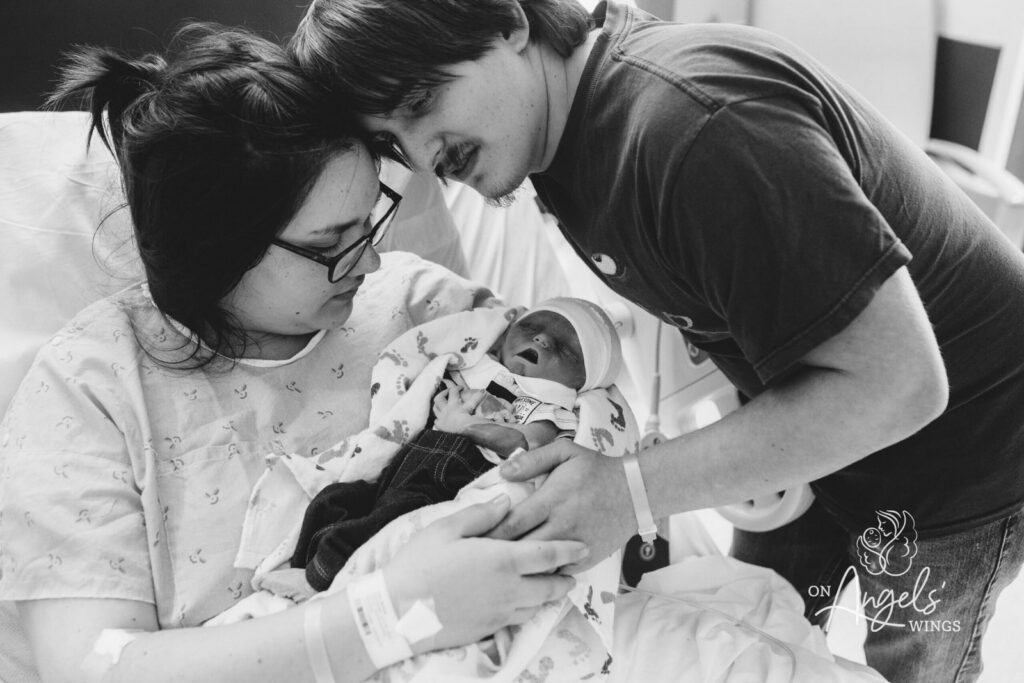
Related: Read Zander’s Story
Additional Stillborn Birth Resources & Support
Navigating the profound grief of losing a baby is a deeply personal and painful journey—yet you don’t have to face it alone. Support can come from many directions: communities that understand, trained professionals who listen with empathy, and services that help honor your baby’s memory.
Here are some trusted resources designed to walk beside you with compassion, validation, and care:
On Angels’ Wings
Our volunteer photographers are on standby to help families dealing with infant loss. We offer free therapeutic photography to capture precious moments with your baby. We provide grief recovery support in the months and years following the loss of your baby. If you need pictures within a week or have an emergency session need, please call us on our 24/7 emergency line at 417-834-3670.
M.E.N.D.
This Christian, nonprofit stands for Mommies Enduring Neonatal Death and provides hope and healing for those experiencing infant loss. Find support, resources, and volunteer with this organization.
Star Legacy Foundation
Offers a blend of emotional support and practical resources, including free virtual support groups in English and Spanish, peer-to-peer matching, and a staffed helpline. Ideal for families seeking connection with others who have experienced similar losses, including miscarriage, stillbirth, ectopic pregnancy, infertility, neonatal death, and prematurity.
Share Pregnancy and Infant Loss Support, Inc
This organization serves those whose lives are touched by the tragic death of a baby through pregnancy loss, stillbirth, or in the first few months of life. The organization’s goal is to provide a “positive resolution of grief,” and includes emotional, physical, spiritual, and social healing components.
Postpartum Support International (PSI)
Hosts free, virtual support groups — specifically for parents grieving a stillbirth or infant loss. Led by trained facilitators who have lived experience, these groups create safe spaces for sharing grief and finding solace. This organization has a free virtual support group that meets every Friday at 1 pm EST and is led by trained peer facilitators.
MIS Share (Miscarriage, Infant Loss & Stillbirth Support)
A long-standing, parent‑led online support network offering monthly private meetings. Whether your loss was recent or many years ago, this group provides a confidential, understanding environment and ongoing companionship.
If you’ve experienced the loss of a stillborn baby, On Angels’ Wings is here to walk beside you. We offer free professional remembrance photography to honor your baby’s life with tenderness and dignity, as well as grief support services tailored for families who are navigating the unimaginable.
Our mission is to help you preserve memories, find comfort, and know you are never alone.
When you are ready, we are here with open hearts. Learn more or reach out to us here.